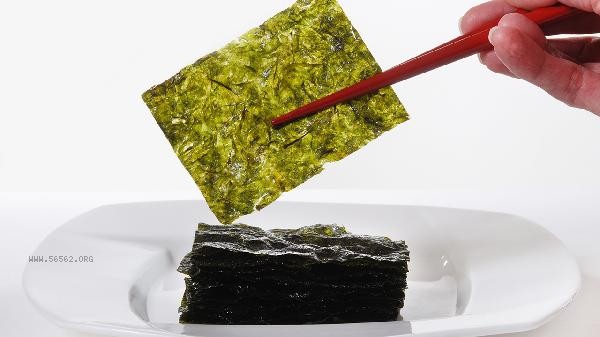The key to storing dried seaweed is to seal it against moisture and light. Three methods can be used to extend the shelf life: vacuum packaging, desiccant assistance, and refrigeration and freezing.

1. Vacuum Packaging
Dry seaweed is packed into a food grade vacuum bag and sealed with air to isolate oxygen and moisture. Microorganisms are difficult to survive in a vacuum state and can maintain the crispy texture of seaweed for about 12 months. Pay attention to checking the packaging for air leakage. If the bag is found to be swollen, it should be replaced immediately. This method is suitable for long-term storage of unopened large packaging seaweed. It is recommended to use other methods to store the remaining parts after opening.
2. Desiccant Assistance
Lay food specific desiccants at the bottom of the sealed container, put seaweed in, and tightly seal the bottle cap. Silicone desiccant can be reused, and it needs to be dried or replaced in a timely manner after moisture absorption and discoloration. Glass jars are superior to plastic containers as they can better block external moisture. After each use, it should be quickly sealed to prevent moisture from seeping in and causing the seaweed to become damp and clump. This method can maintain the quality of seaweed for 6-8 months and is suitable for daily use in the kitchen.

3. Refrigeration and freezing
Divide into small portions, wrap them in aluminum foil bags, and refrigerate. The temperature should be controlled at 0-4 ℃ to keep them fresh for 3 months. When frozen storage is required, wrap it in kitchen paper first and then put it in a fresh-keeping bag. The shelf life can reach 1 year at -18 ℃. When thawing, it is necessary to let it cool down to avoid condensation. Frozen seaweed is more suitable for cooking soup or cold dishes. Note that repeated freeze-thaw cycles can damage the tissue structure. It is recommended to pack as needed.

Dry seaweed should be regularly checked for its condition during daily storage. If there are mold spots, a crackling smell, or obvious softening, it should be discarded immediately. Unopened products should be stored in a cool and ventilated place, avoiding high temperature and high humidity environments such as near the stove. Short term consumption can be sealed in a chain bag and placed in a dark drawer, which is more effective when combined with a deoxidizer. Before cooking, gently fold the seaweed and listen to the sound. A crisp sound indicates good dryness. If the seaweed is damp, it needs to be baked before use to ensure taste and nutrition.








Comments (0)
Leave a Comment
No comments yet
Be the first to share your thoughts!